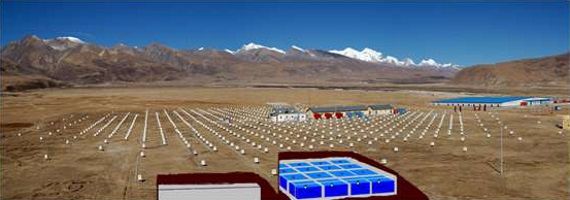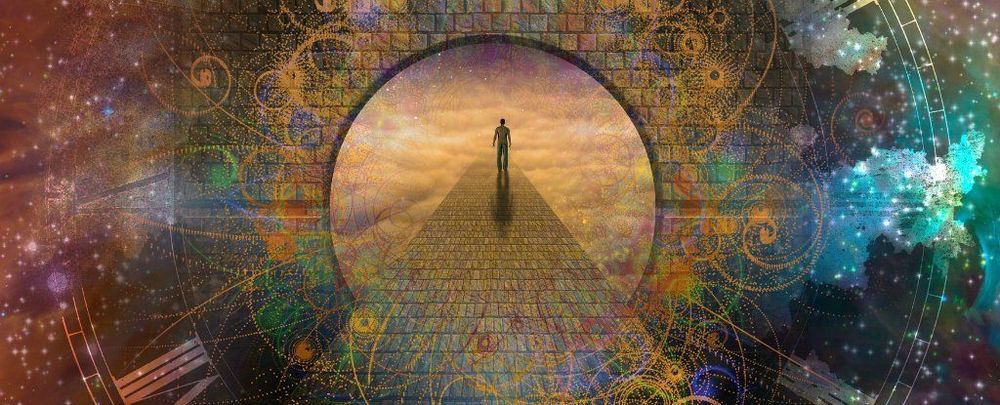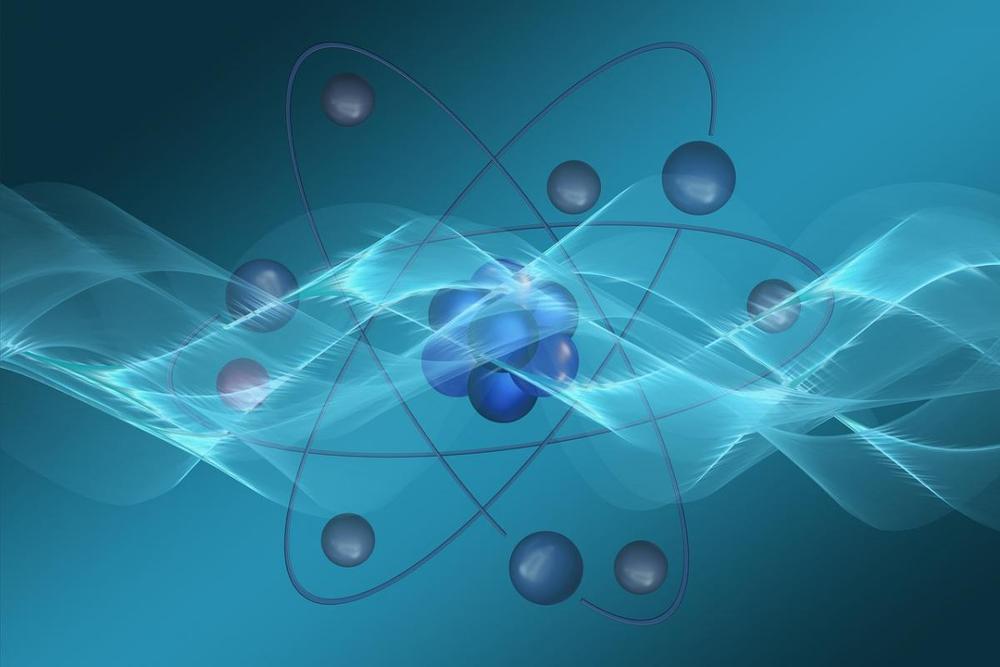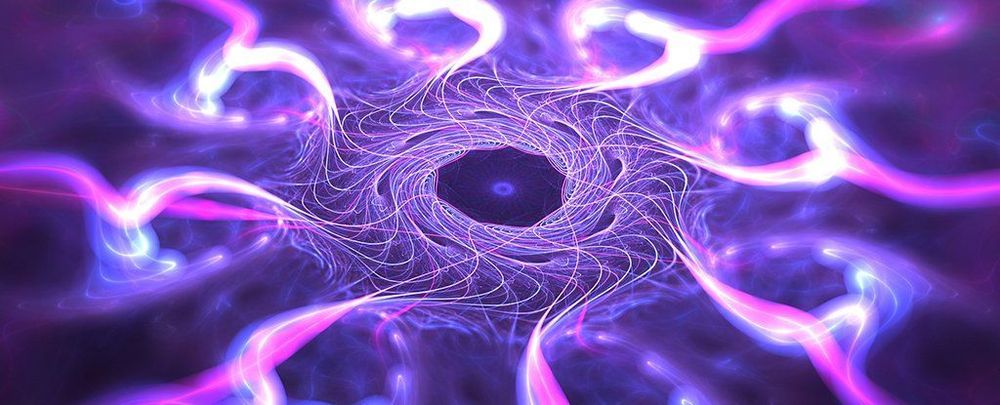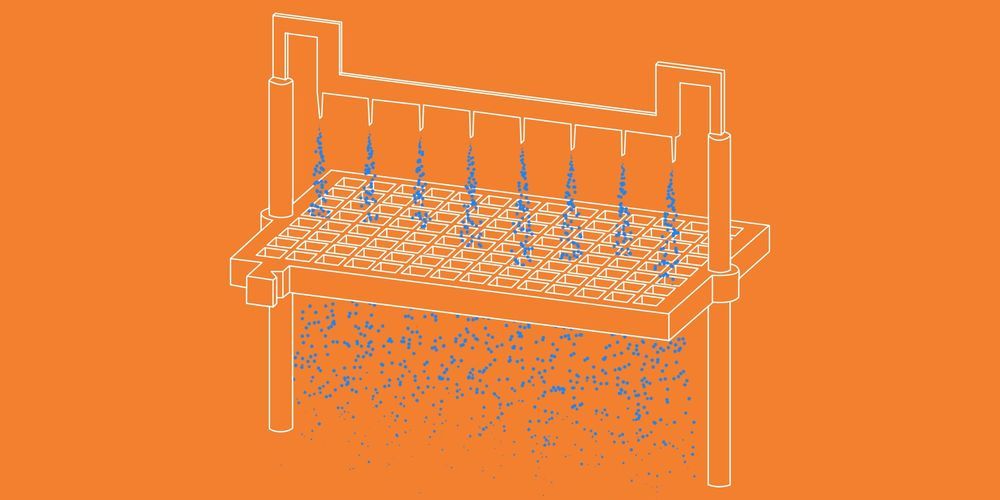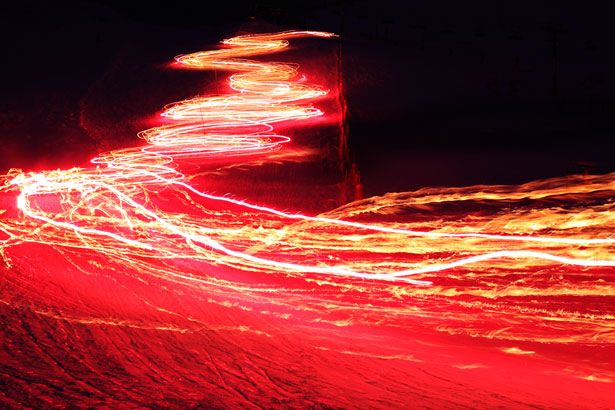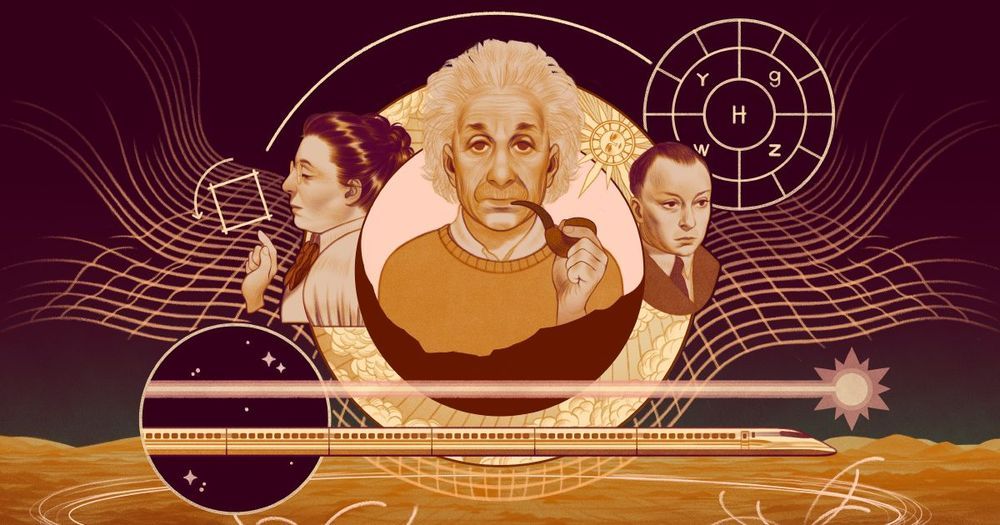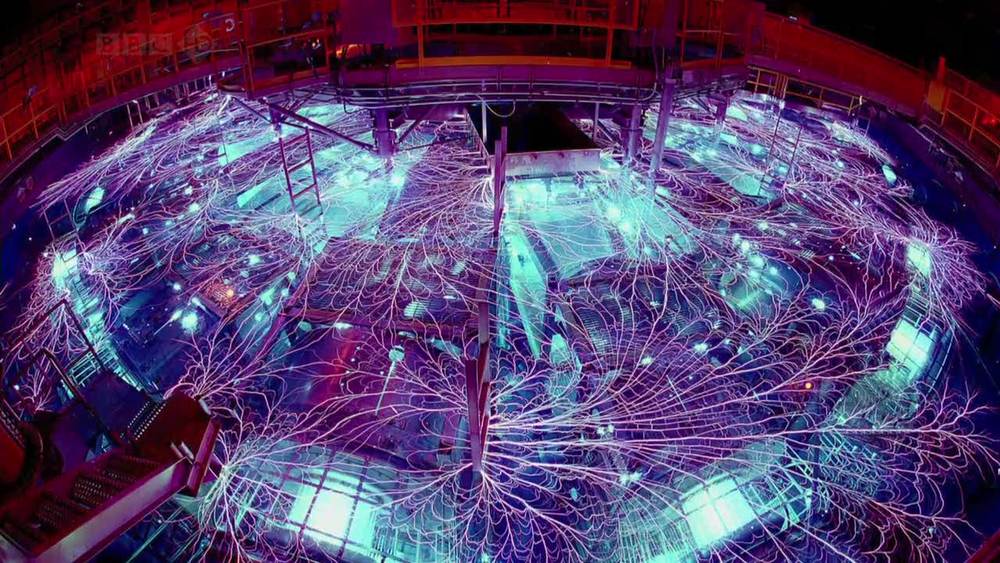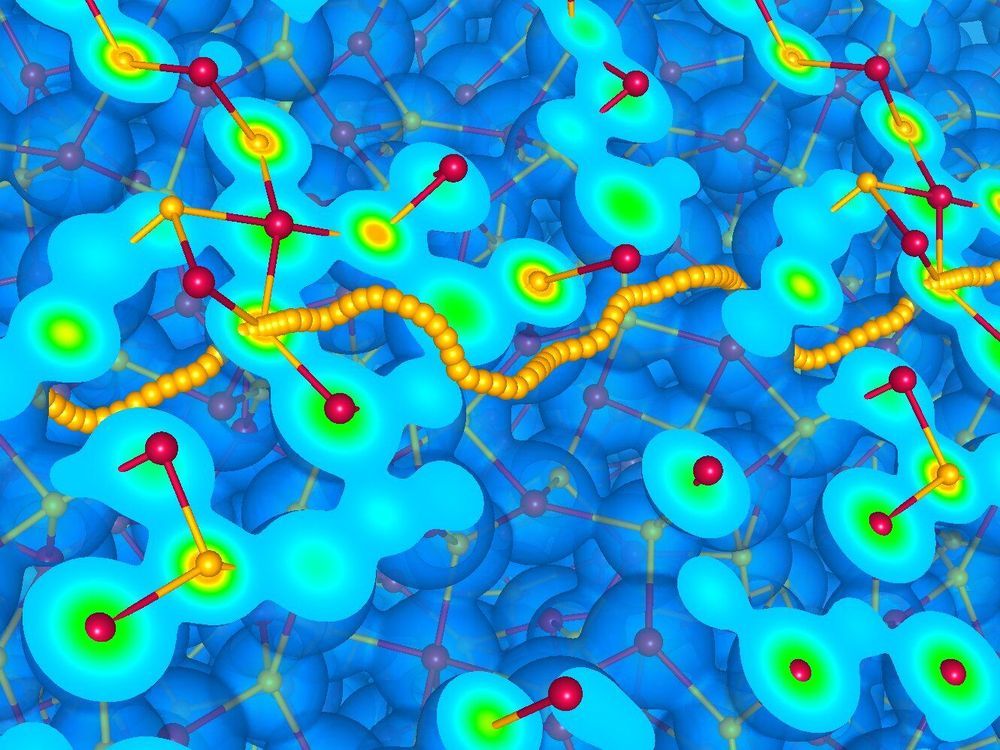Archive for the ‘particle physics’ category: Page 441
Jul 7, 2019
If You Thought Quantum Mechanics Was Weird, You Need to Check Out Entangled Time
Posted by Quinn Sena in categories: particle physics, quantum physics
In the summer of 1935, the physicists Albert Einstein and Erwin Schrödinger engaged in a rich, multifaceted and sometimes fretful correspondence about the implications of the new theory of quantum mechanics.
The focus of their worry was what Schrödinger later dubbed entanglement: the inability to describe two quantum systems or particles independently, after they have interacted.
Until his death, Einstein remained convinced that entanglement showed how quantum mechanics was incomplete. Schrödinger thought that entanglement was the defining feature of the new physics, but this didn’t mean that he accepted it lightly.
Jul 6, 2019
Scientists Create Part-Atom, Part-Light Hybrid Particle
Posted by Saúl Morales Rodriguéz in category: particle physics
Photons normally do not interact with each other, but researchers found that they can get particles of light to interact with each other like matter does. They produced particles called Floquet polaritons.
Jul 5, 2019
Physicists Find a New Way to Make Hybrid ‘Particles’ That Are Part-Matter, Part-Light
Posted by Quinn Sena in categories: particle physics, weapons
Photons — those fundamental particles of light — have a slew of interesting properties, including the fact they don’t tend to crash into one another. That hasn’t stopped physicists from trying, though.
University of Chicago physicists have now come up with a new, highly flexible way to make photons behave more like the particles that make up matter. It might not give us lightsabers, but making photons collide could still lead to some fantastic technologies.
The trick to getting particles of light — which have no mass — to acknowledge one another’s existence is to have them meet in the quiet confines of an atom, and combine their properties with those of an electron.
Jul 4, 2019
An Itty-Bitty Robot That Lifts Off Like a Sci-Fi Spaceship
Posted by Klaus Baldauf in categories: particle physics, robotics/AI, space travel, sustainability
Credit where credit is due: Evolution has invented a galaxy of clever adaptations, from fish that swim up sea cucumber butts and eat their gonads, to parasites that mind-control their hosts in wildly complex ways. But it’s never dreamed up ion propulsion, a fantastical new way to power robots by accelerating ions instead of burning fuel or spinning rotors. The technology is in very early development, but it could lead to machines that fly like nothing that’s come before them.
You may have heard of ion propulsion in the context of spacecraft, but this application is a bit different. Most solar-powered ion spacecraft bombard xenon atoms with electrons, producing positively charged xenon ions that then rush toward a negatively charged grid, which accelerates the ions into space. The resulting thrust is piddling compared to traditional engines, and that’s OK—the spacecraft is floating through the vacuum of space, so the shower of ions accelerate the aircraft bit by bit.
You’ve read your last complimentary article this month. To read the full article, SUBSCRIBE NOW. If you’re already a subscriber, please sign in and and verify your subscription.
Jul 4, 2019
Scientists combine light and matter to make particles with new behaviors
Posted by Paul Gonçalves in categories: particle physics, space
Every type of atom in the universe has a unique fingerprint: It only absorbs or emits light at the particular energies that match the allowed orbits of its electrons. That fingerprint enables scientists to identify an atom wherever it is found. A hydrogen atom in outer space absorbs light at the same energies as one on Earth.
Jul 1, 2019
Einstein, Symmetry and the Future of Physics
Posted by Quinn Sena in categories: futurism, particle physics
Lurking behind Einstein’s theory of gravity and our modern understanding of particle physics is the deceptively simple idea of symmetry. But physicists are beginning to question whether focusing on symmetry is still as productive as it once was.
Jul 1, 2019
Einstein’s Quest to ‘Know God’s Thoughts’ Could Take Millennia
Posted by Quinn Sena in category: particle physics
Unifying all the forces and particles would require a particle accelerator far more powerful than humans have ever built.
Jul 1, 2019
NASA’s cold fusion tech could put a nuclear reactor in every home, car, and plane
Posted by Quinn Sena in categories: nuclear energy, particle physics, transportation
The cold fusion dream lives on: NASA is developing cheap, clean, low-energy nuclear reaction (LENR) technology that could eventually see cars, planes, and homes powered by small, safe nuclear reactors.
When we think of nuclear power, there are usually just two options: fission and fusion. Fission, which creates huge amounts of heat by splitting larger atoms into smaller atoms, is what currently powers every nuclear reactor on Earth. Fusion is the opposite, creating vast amounts of energy by fusing atoms of hydrogen together, but we’re still many years away from large-scale, commercial fusion reactors. (See: 500MW from half a gram of hydrogen: The hunt for fusion power heats up.)
Jul 1, 2019
Theoretical physicists unveil one of the most ubiquitous and elusive concepts in chemistry
Posted by Quinn Sena in categories: chemistry, computing, particle physics, quantum physics
Oxidation numbers have so far eluded any rigorous quantum mechanical definition. A new SISSA study, published in Nature Physics, provides such a definition based on the theory of topological quantum numbers, which was honored with the 2016 Nobel Prize in Physics, awarded to Thouless, Haldane and Kosterlitz. This result, combined with recent advances in the theory of transport achieved at SISSA, paves the way to an accurate, yet tractable, numerical simulation of a broad class of materials that are important in energy-related technologies and planetary sciences.
Every undergraduate student in the natural sciences learns how to associate an integer oxidation number to a chemical species participating in a reaction. Unfortunately, the very concept of oxidation state has thus far eluded a rigorous quantum mechanical definition, so that no method was known until now to compute oxidation numbers from the fundamental laws of nature, let alone demonstrate that their use in the simulation of charge transport does not spoil the quality of numerical simulations. At the same time, the evaluation of electric currents in ionic conductors, which is required to model their transport properties, is presently based on a cumbersome quantum-mechanical approach that severely limits the feasibility of large-scale computer simulations. Scientists have lately noticed that a simplified model where each atom carries a charge equal to its oxidation number may give results in surprising good agreement with rigorous but much more expensive approaches.
